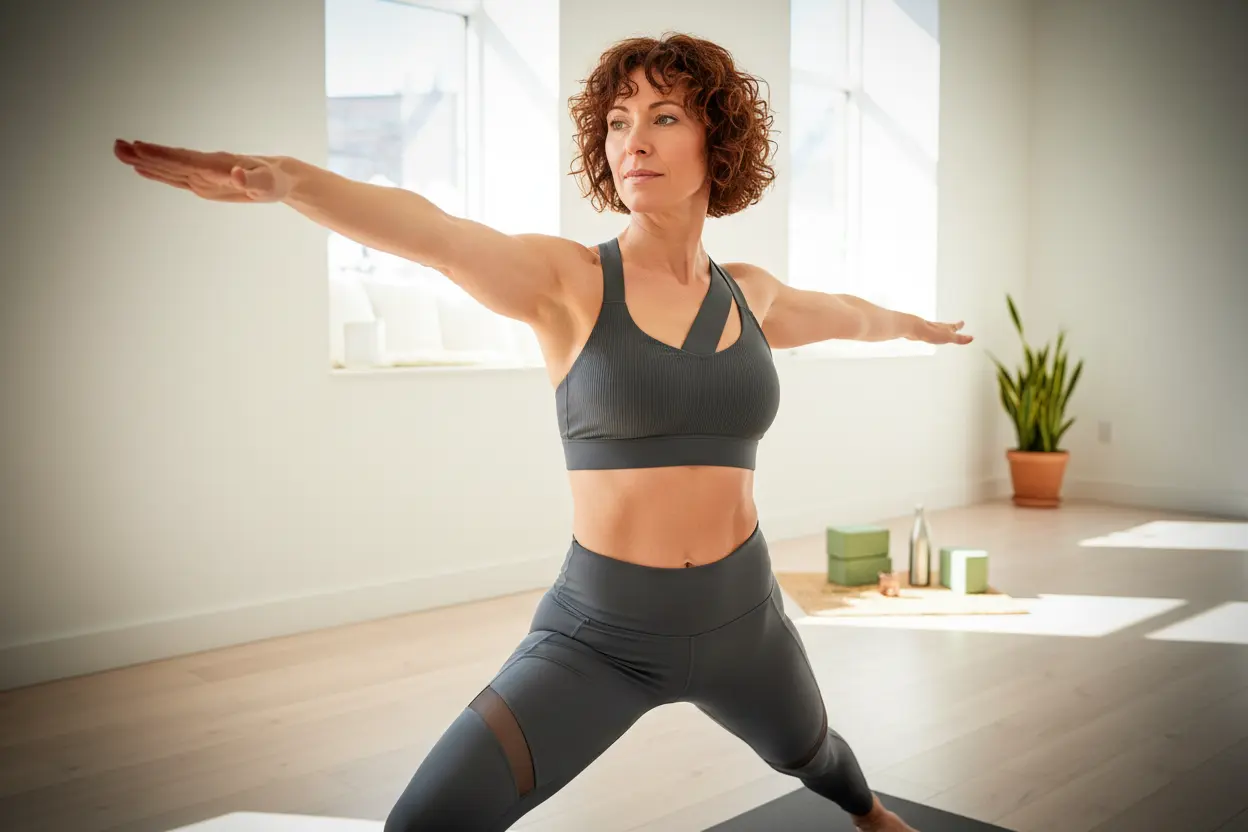Let’s get straight to it: if you have osteoarthritis, you’ve probably pondered whether going for a walk will make your joints sing or scream. The truth is, this question is crucial—not only for pain relief but for keeping your life moving (quite literally). Here’s a clear-eyed look at what the experts say about walking with osteoarthritis, and why hanging up your walking shoes may actually be the wrong move.
What Is Osteoarthritis and Who Gets It?
- Osteoarthritis affects an estimated 10% of the world’s population. You’re not alone in this—there’s a whole crowd of us slowly shuffling to the fridge in solidarity.
- Jordan Martial, a physiotherapist, explains that all joints can be affected: hands, spine, knees, and hips top the list.
- Osteoarthritis of the spine is particularly common in people aged 65–75, but it tends to be stealthier than the joint pain that makes us grumble aloud.
- Other joints—shoulders, toes, ankles, elbows—less commonly invite themselves to the osteoarthritis party.
What exactly goes wrong? Osteoarthritis is an issue involving all the major components of the joint: destruction of the cartilage (that handy bit of padding), inflammation of the lining membrane, and even a remodeling of the bone beneath. The symptoms? Stiffness, pain, sometimes swelling due to fluid buildup, and eventually a loss of mobility. With all these issues, you might naturally wonder: is walking a friend or foe?
Why Do Some People Develop Osteoarthritis?
- Aging is a major factor: risk climbs after age 65.
- Metabolic disorders—like diabetes, obesity, and high blood pressure—can trigger painful osteoarthritis flare-ups.
- Your genes, high pressure on your joints (think: frequent heavy lifting, intense exercise, carrying extra weight), or certain bone diseases also join in to up the risk.
Sounds like a long list, but fear not: the way you move everyday still holds a lot of power over your experience.
Is Walking Actually Good for Osteoarthritis?
Let’s tackle that million-dollar question. Can moving—more specifically, walking—ease the misery?
- Many health professionals recommend moderate, regular physical activity—notably walking—for managing osteoarthritis symptoms.
- Walking is generally considered an excellent way to relieve symptoms—as long as you’re not in the middle of an acute inflammatory flare.
- Even running can have a place, provided you have a tailored plan; as Martial explains, a personalized running program may help preserve cartilage.
Here’s the wild card: movement is medicine. Regular activity significantly impacts pain levels and joint mobility. But how to find the right activity for the right joint? As physiotherapist and osteopath Alexandre Auffret points out, a full-body approach works best. “When you’re in pain, there’s a tendency to compensate and overload other joints.” Focusing on comprehensive training helps minimize the strain on individual areas.
A 2022 study in the journal Arthritis and Rheumatology shone some light: People with knee osteoarthritis who walked regularly experienced knee pain less often. There’s more good news—walking may also reduce the risk of cartilage thinning. The magic formula? Benefits may kick in at just 30 minutes of walking a day, five days a week. That’s fewer steps than it takes to find your lost TV remote.
What Else Can Be Done—And When to Get Help
Physiotherapy sessions aren’t just about stern reminders to « stand up straight ». A physiotherapist can:
- Help preserve joint mobility and effective perijoint muscle strength.
- Provide targeted care to relieve that grumpy joint.
- Design a personalized muscle strengthening plan to maintain mobility without overworking other joints.
The bottom line from Jordan Martial: targeted muscle-building is vital and should suit your unique profile, making sure the right muscle groups are strengthened to support your movement.
In summary: Walking—a hallmark of moderate activity—is not an enemy to those with osteoarthritis. In fact, unless you’re in the midst of an inflammatory spike, it’s a wildly practical, accessible tool to relieve symptoms and protect joint health. And if you’re still uncertain, remember: professionals like physiotherapists are primed to guide you with personalized plans. So, lace up (sensibly), and give your joints the best shot at staying mobile—one step at a time.

John is a curious mind who loves to write about diverse topics. Passionate about sharing his thoughts and perspectives, he enjoys sparking conversations and encouraging discovery. For him, every subject is an invitation to discuss and learn.






